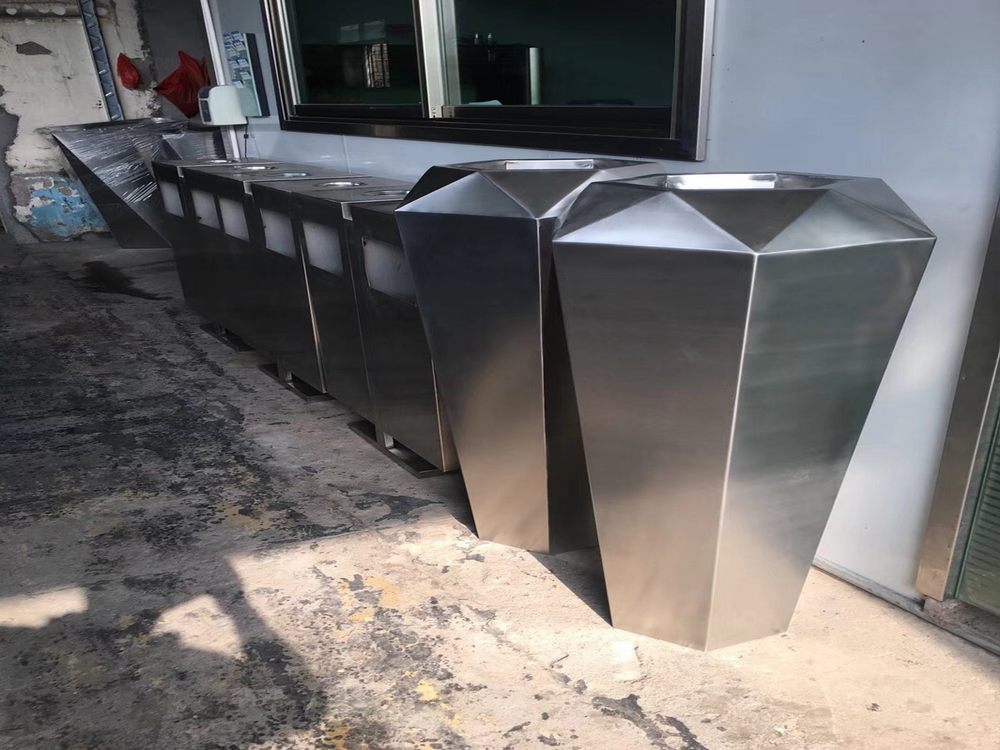
Bronze sculptures have long been admired for their beauty and durability, but their alignment with sustainability goals in the art world is often overlooked. Unlike materials that degrade quickly or require harmful production processes, bronze offers unique environmental benefits.
One key factor is its recyclability. Bronze is an alloy primarily made of copper and tin, both of which can be melted down and reused indefinitely without losing quality. This reduces the need for mining new raw materials, lowering the carbon footprint of art production. Many contemporary sculptors actively source recycled bronze, further minimizing waste.
The longevity of bronze also contributes to sustainability. These sculptures can last for centuries with minimal maintenance, unlike artworks made from perishable materials. This durability means fewer resources are spent on restoration or replacement over time.
Modern foundries are adopting greener practices too, such as using renewable energy for melting metals and implementing water recycling systems. Some artists even incorporate sustainability themes into their bronze works, raising awareness about environmental issues.
By choosing bronze, artists and collectors participate in a circular economy where art materials are continuously repurposed. This combination of artistic expression and environmental responsibility makes bronze sculpture a surprisingly sustainable choice in today's eco-conscious art market.

